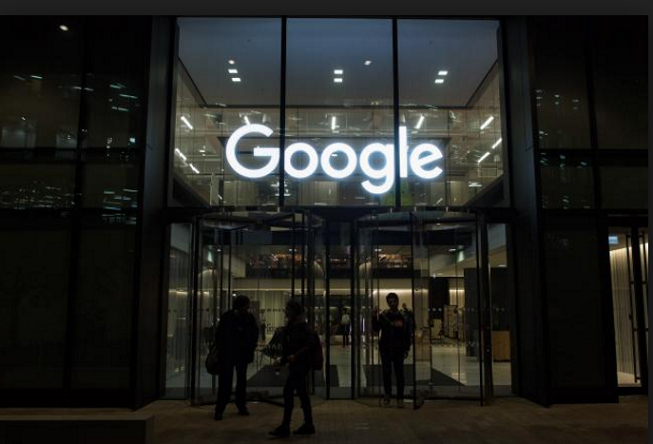
Google has announced that it will be launching a beta version of its header bidding alternative, which will be known as Exchange Bidding Dynamic Allocation or EBDA for short. Expected to launch in May 2017, the beta will be open to a select few of its technology partners and hundreds of publishers.
Details and Implications:
The term “header bidding” has long been discussed within the supply side of the programmatic ecosystem. It refers to the technology that enables publishers to make their inventory available to more than one SSP or exchange simultaneously. When a publisher inputs an advertising slot into its ad server, this allows the SSP to run an auction on the back of the bid responses it gets from the various DSPs it is integrated with. Header bidding allows the same thing, but for multiple marketplaces. It therefore increases competition across the different market places, encouraging a fairer holistic auction. The reason it’s referred to as header bidding is because this code sits within the header of their sites.
The launch of Google’s EBDA doesn’t have a direct impact on advertisers, which can continue to work with supply partners and platforms (ie, programmatic and non-programmatic) to deliver campaign impressions. However, there is a nuance that buyers should consider. It’s pretty clear that competition for impressions increases in this multi-access, real-time environment. This will result in more bids for available impressions and prices reflecting demand, as opposed to the fixed price you may buy impressions for in a direct upfront buy – however, as this is a bidding model based on the user and their data you will be able to better understand the value of that user and thus what you should bid for them. This will result in a fundamental shift in how buyers negotiate with their supply partners.
This competitive environment is fundamentally enabled by technology. The technology partners that allow advertisers to centralise their buying activities will ensure advertisers do not bid against themselves (by accessing the same supply across many different header bidding solutions).
Programmatic buying is changing; real-time bidding encourages the exchange of inventory for the market price. Header bidding, for now, is a supply side area of focus and won’t affect the advertiser’s ability to access inventory directly or via programmatic routes. Adoption of header bidding solutions has been high amongst the publisher community but, in reality, it will take some time for this to change the dynamics of how media is traded.


